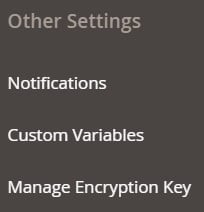Exploring Shopware: Admin Overview

Let’s briefly run through the Shopware 6 admin interface. The following article provides the initial overview of the Shopware backend interface structure and functionality. Other articles in our blog describe the backend section of Shopware 6 in more detail. Below, we focus on the Shopware 6 access and login, explore the general screen of the admin section along with its shortcuts, and dive deep into the Shopware 6 admin menu that illustrates various information, such as your current Shopware version, and provides different sections that help you manage your e-commerce business. Other aspects described in this article include admin search and notifications. Also, you will find some general recommendations for data import and export.
Continue Reading


 The following article continues delving into the
The following article continues delving into the 

